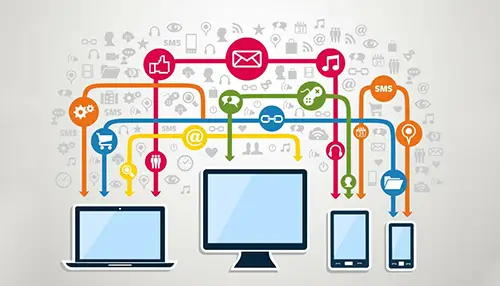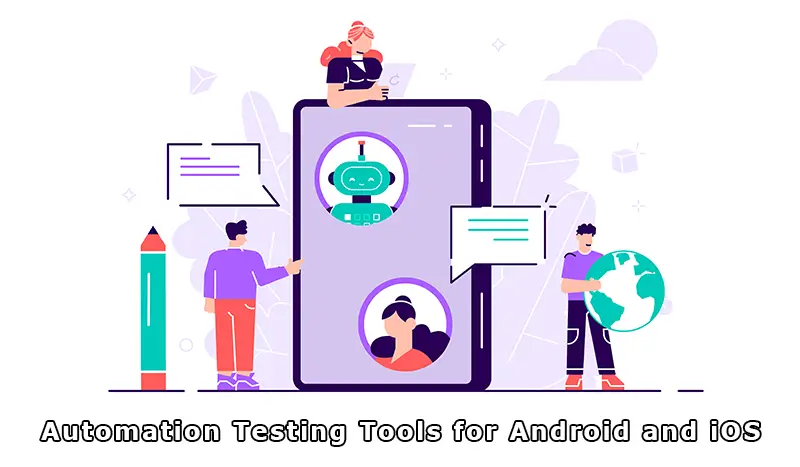The development and adoption of IoT is being driven by multiple factors, including easily available low-cost sensors, increase in bandwidth and processing power, wide-spread usage of smartphones, availability of big data analysis tools, and scalability of internet protocol version 6. Organizations are now starting to focus on external benefits such as generating revenues from IoT-enabled products, services, and customer experiences.
SERVICES OFFERINGS
The complex architecture of IoT systems and their unique characteristics mandate various types of tests across all system components. In order to ensure that the
scalability, performance, and security of IoT applications is up to the mark, our services offerings are:
Edge testing
Several emerging, industrial IoT applications require coordinated, real-time analytics at the ’edge’ of a network, using algorithms that require a scale of computation and data volume / velocity. However, the networks connecting these edge devices often fail to provide sufficient capability, bandwidth, and reliability. Thus, edge testing is very essential for any IoT application.
Protocol and device interoperability testing
IoT communication protocol and device interoperability testing involves assessing
the ability to seamlessly interoperate protocols and devices across different standards and specifications.
Security and privacy testing
This includes security aspects like data protection, device identity authentication,
encryption / decryption, and trust in cloud computing.
Network impact testing
Network impact testing involves measuring the qualitative and quantitative performance of a deployed IoT application in real network conditions. This can include testing IoT devices for a combination of network size, topology, and environment conditions.
Performance and real-time testing
This covers complex aspects like timing analysis, load testing, real-time stream
analytics, and time-bound outputs, under the extremes of data volume, velocity,
variety, and veracity.
End user application testing
Includes the testing of all functional and non-functional use cases of an IoT
application, which also includes user experience and usability testing.
SKILLS AND MATRIX
Testing the Internet of Things presents unique challenges. For starters, the IoT itself is a vast system of networked devices, sensors and computing infrastructure, with potentially tens of billions of moving parts within it by the end of this decade.
Comfort with conducting gray-box testing
-
a). Knowledge of Embedded Systems
b). Ability to Perform Effective Simulation
c). Dealing With Data Spikes and Bursty Usage Patterns
d). Data Security Wherewithal
TOOL/AUTOMATION KEYS FOR IOT TESTING
Successful IoT means making sure that your new devices work as expected, work in combination with each other, and work with existing technologies.
-
1· Tool and automation, even in testing, must address tasks that are repeated at least 3-to-5 times before any “cost savings” are likely to be realized. Likely automation candidates include: regression testing, configuration management for continuous integration and builds, modeling, data analysis, etc.
2· Tools and automation must help in tasks which humans dislike or are not good at. Examples here include: planning, risk assessment, test data generation, design of code and tests, documentation retention.
3· Tools and automation need management and staff support including schedule, budget, and skilled human resources, to be successful. For example, just buying a tool will not help if the staff receiving the tools does not have the training or skill to use it, much less are not given the time and money to implement the automation.
4· Tools and automation must help in areas such as project knowledge retention or generation. Examples here include capturing code and test results, test documentation, mind-maps, or models of team thinking.






